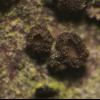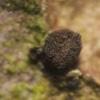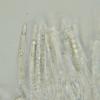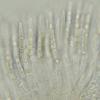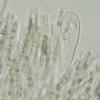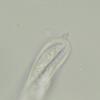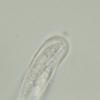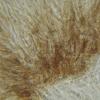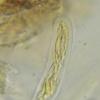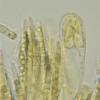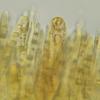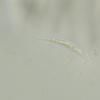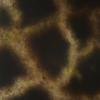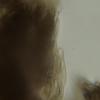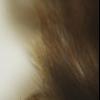
09-02-2015 13:25
Gernot FriebesHi,I recently found this species on the bark of a

08-02-2015 14:12
Chris JohnsonHello AllI am looking for literature for this spec

08-02-2015 17:55
Nick AplinSalut à tous, I must admit that I'm quite out of

07-02-2015 18:39
 Rubén Martínez-Gil
Rubén Martínez-Gil
Hola a todos. Subo unas fotos de lo que hemos enc

04-02-2015 22:01
Carmel SammutHi, I have a few collections of a black Peziza

07-02-2015 19:01
 Jenny Seawright
Jenny Seawright
Hello all, These were found on rabbit dung (Orycto

08-02-2015 13:33
Salvador TelloHola a todos. Estoy buscando el siguiente documen

06-02-2015 16:35
 Jenny Seawright
Jenny Seawright
Hello all, I'm new to the forum and to identifying
Disco on bark of Pinus sylvestris
Gernot Friebes,
09-02-2015 13:25
I recently found this species on the bark of a living Pinus tree. Unfortunately the material is not in good shape because the apothecia are either old and decayed or too young without any free ascospores... But I am hoping that someone might recognize it regardless.
At first I tought that this species might be Cenangium ferruginosum but the micros do not fit. I attach a few photos. The first two show the apothecia. Even after rehydration they wouldn't open more than those on the first pic.
Pictures 3 and 4 show paraphyses.
Picture 5 shows an ascus with ascospores which appear to have an acute end.
Pictures 6 and 7 show the same ascus but with a different focus to give you an idea of what the ascospores look like.
Picture 8 shows a brown substance at the bottom of the hymenium.
Pictures 9-11 show asci and paraphyses in IKI (asci are IKI-).
Picture 12 shows what I think is a dead ascospore.
Picture 13 shows the excipulum with patches of a dark brown substance.
Pictures 14 to 16 show the hairs.
Best wishes,
Gernot
Raúl Tena Lahoz,
09-02-2015 13:40

Re : Disco on bark of Pinus sylvestris
Hi Gernot
I will try to be quicker than Zotto ;-)
Compare with Crumenulopsis pinicola. What was the Pinus species?
Cheers,
Raúl
I will try to be quicker than Zotto ;-)
Compare with Crumenulopsis pinicola. What was the Pinus species?
Cheers,
Raúl
Gernot Friebes,
09-02-2015 13:57
Re : Disco on bark of Pinus sylvestris
Hi Raúl,
that seems to be a very good suggestion, thanks!
The tree was Pinus sylvestris, I wrote it in the title. :-)
Best wishes,
Gernot
that seems to be a very good suggestion, thanks!
The tree was Pinus sylvestris, I wrote it in the title. :-)
Best wishes,
Gernot
Raúl Tena Lahoz,
09-02-2015 14:31

Re : Disco on bark of Pinus sylvestris
Sorry, I overlooked it! I also found it on Pinus sylvestris bark.
Raúl
Raúl
Till Lohmeyer,
09-02-2015 20:31
Re : Disco on bark of Pinus sylvestris
Hallo, Gernot,
I found C. pinicola only once, back in 2004 (15th of February), on bark of a dead but still upright trunk of Pinus sylvestris, and it took me several days to find a name for the collection. As it turned out, good old Heinrich Rehm (in Rabenhorsts Kryptogamen-Flora, 1896) opened my eyes with one of his rare illustrations. Later on the descriptions by Leopold Ettlinger (Beitr. Krypt.fl. Schweiz 10 (1), 1945) - who didn't at all like Rehm's interpretation of the species - and J. W. Groves (Can. J. Bot. 47, 1969, pp. 47-51 supported the determination.
Who knows any more recent descriptions of C. pinicola?
Schöne Grüße!
till
I found C. pinicola only once, back in 2004 (15th of February), on bark of a dead but still upright trunk of Pinus sylvestris, and it took me several days to find a name for the collection. As it turned out, good old Heinrich Rehm (in Rabenhorsts Kryptogamen-Flora, 1896) opened my eyes with one of his rare illustrations. Later on the descriptions by Leopold Ettlinger (Beitr. Krypt.fl. Schweiz 10 (1), 1945) - who didn't at all like Rehm's interpretation of the species - and J. W. Groves (Can. J. Bot. 47, 1969, pp. 47-51 supported the determination.
Who knows any more recent descriptions of C. pinicola?
Schöne Grüße!
till

